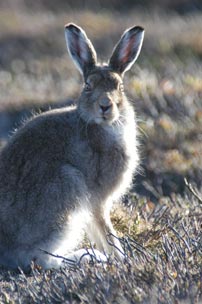 What affect do intestinal parasites and food availability have on mountain hare population dynamics?
What affect do intestinal parasites and food availability have on mountain hare population dynamics?
Parasites and food availability can affect individuals and populations; however the relative importance of these two factors compared to the many other factors that affect population density is not always clear and remains an important question in ecology, with considerable relevance to the management of wild and domestic populations.
Research in Fennoscandia demonstrates that predators such as red fox and pine marten have a large affect on mountain hare populations. Predator control on Scottish sporting estates has the effect of reducing both mammalian and avian predator densities and so predation is not thought to be important to mountain hare populations in Scotland – at least in the eastern and central areas.
Theoretical models and studies on other species suggest that parasites and food availability can cause regular fluctuations in animal population density. Our research has therefore been concentrating on the effects of parasites and food availability in driving the unstable population dynamics of mountain hares in Scotland. An understanding of the basic population ecology of a species is critical for sound management.
Our work to date suggests that parasite removal in early winter has no significant effect on over winter survival, or post-breeding body condition, but has a significant affect on female breeding success the following summer (Fig 1). Supplementary feeding experiments, where mountain hares on two study areas were provided with additional food, suggest that hares on fed study areas survived better that did hares on the two control study areas, but that supplementary feeding did not significantly affect reproduction, or male body condition (Fig. 2).
In collaboration with Dan Haydon and Sunny Townsend at Glasgow University we have been using mathematical models to investigate whether the observed affects of parasites are sufficient to cause population cycles similar to those cycles observed in wild populations. Using experimental data to parameterize classic host-parasite models suggest that the affect of parasites on female fecundity and survival are insufficient to cause the high amplitude regular 9-year cycles we find in hunting records of mountain hares (Figure 3). Ongoing modelling work is focusing on developing Individual Based models to further investigate the possible role of parasites in driving population cycles in Scottish mountain hare populations.
Figure 1: The effects of parasite reduction on
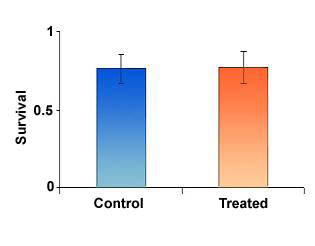
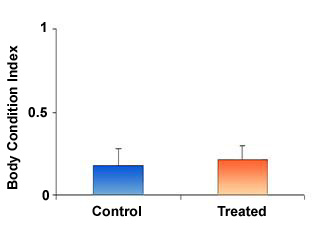
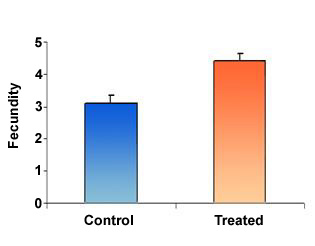
Figure 2: The effects of food addition on
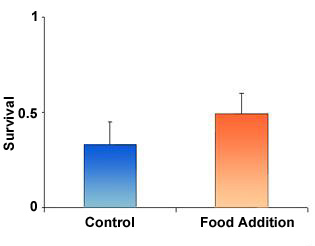
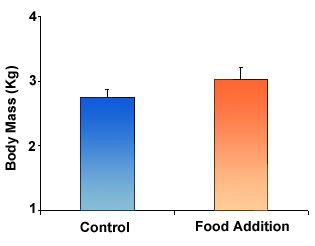
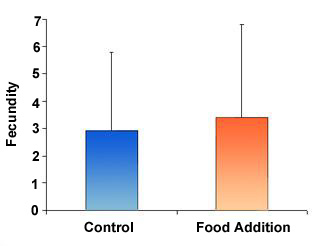
Figure 3: Paramatising a classic host-parasite population model suggests that the effect of the parasite is not sufficient to drive regular, high amplitude population cycles
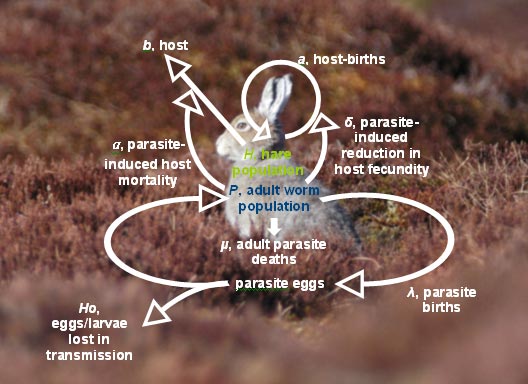
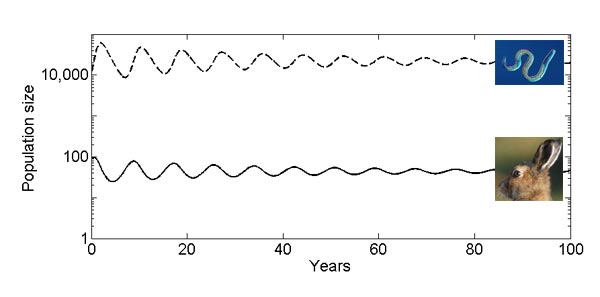
Back to Management of Mountain Hares main page
|
Updated: 23 Jan 2024, Content by: SN
|
